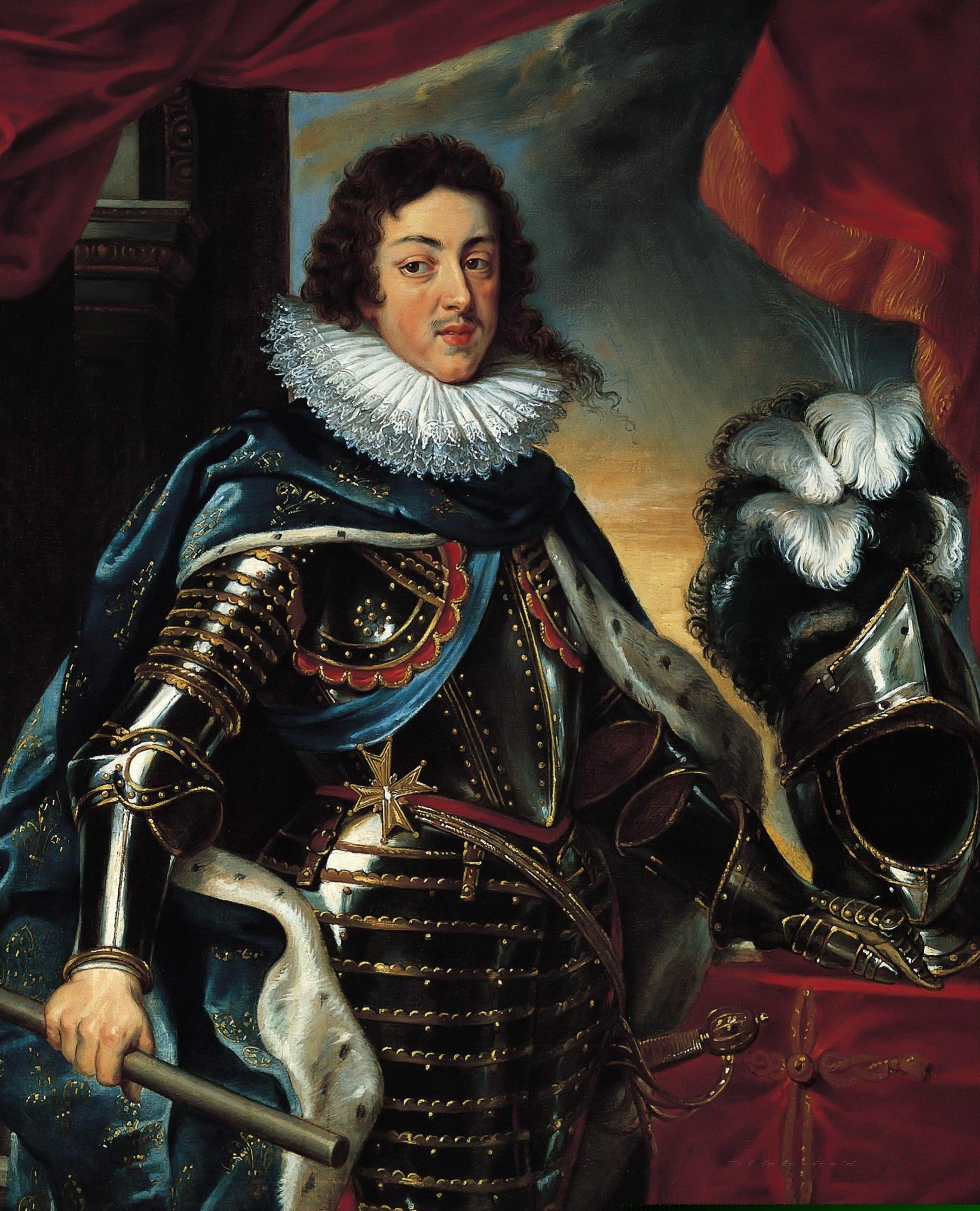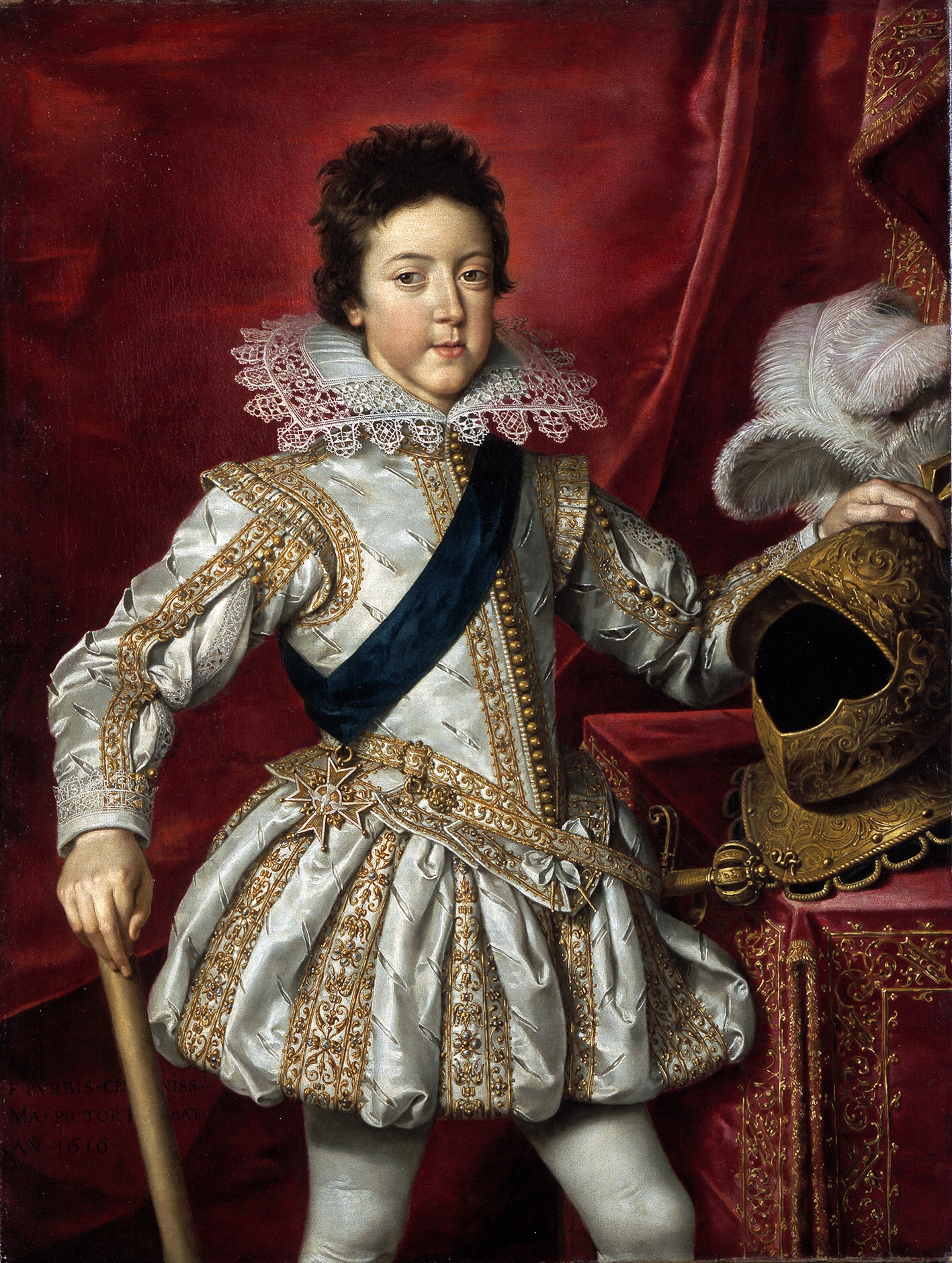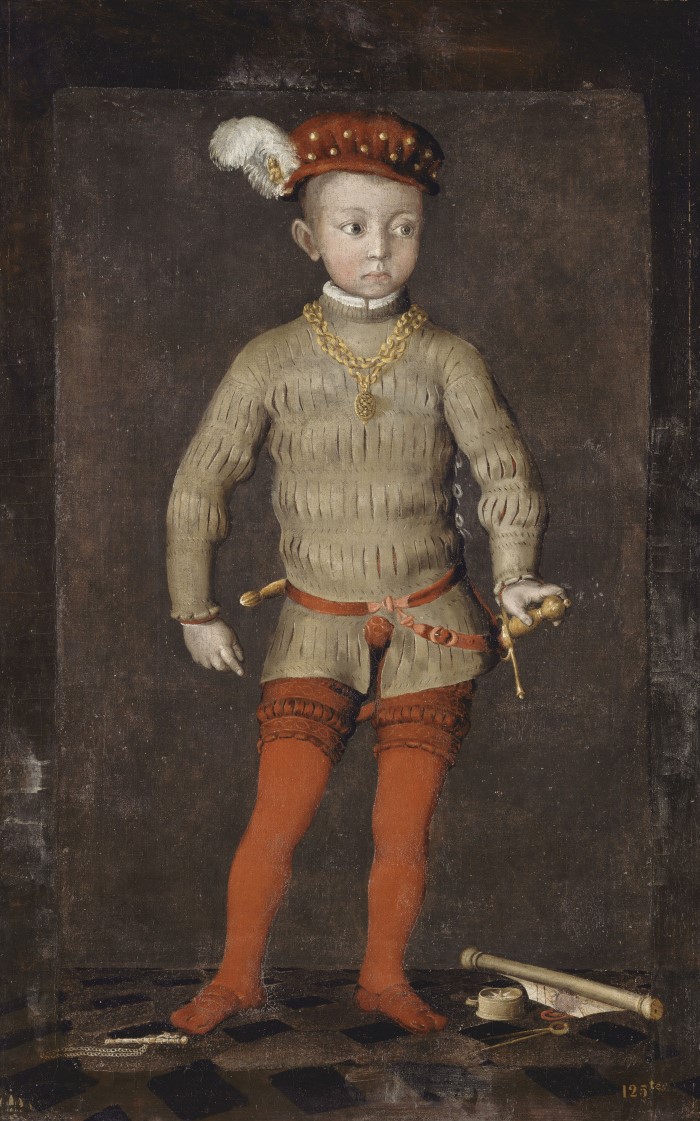|
Basilica Of Saint-Martin D'Ainay
The Basilica of Saint-Martin d'Ainay () is a Romanesque architecture, Romanesque church in Ainay in the Presqu'ile (Lyon), Presqu'île district in the historic centre of Lyon, France. A quintessential example of Romanesque architecture, it was inscribed on the UNESCO World Heritage List along with other notable buildings in the centre of Lyon as a testimony to Lyon's long history as an important European town and unique blend of architectural styles. History Legend Legendary origins of a remarkably large church, which may once have stood on this site, are noted by Gregory of Tours and may be connected to the account of Eusebius, in his ''Church History (Eusebius), Historia Ecclesiae'', of the martyrdom of Blandina, the young girl among 48 Christians fed to lions by the Ancient Rome, Romans in 177 in Lyon's amphitheatre. The lions refused to eat her, according to Eusebius: she and the others were martyred nevertheless. Their bones were burnt, thrown into the river, and washed up ... [...More Info...] [...Related Items...] OR: [Wikipedia] [Google] [Baidu] |
Ainay Depuis La Voûte (crop)
Ainay is an area within the Presqu'ile (Lyon), Presqu'ile district in the 2nd arrondissement of Lyon, 2nd arrondissement of Lyon, to the south of Place Bellecour and the north of Perrache (quarter), Perrache. It is best known for its Romanesque church, the Basilica of Saint-Martin d'Ainay. A high-class area, bourgeoise, in the city centre, its buildings mainly date to the Bourbon Restoration in France, Bourbon Restoration era. It now houses the 2nd arrondissement's town-hall, as well as many shops along its pedestrianised main street, Rue Victor-Hugo, Lyon, Rue Victor-Hugo. It is served by the Metro station Ampère - Victor Hugo. Several hypotheses have been raised as to its name, which may be linked to ''Athanase'' (Athanasius) or, more doubtfully, to ''Athena''. History The present basilica of Saint-Martin d'Ainay was previously the monastic church of Ainay Abbey. A rampart was built between 1313 and 1324 to protect the abbey's lands at the request of abbot Jean II de la Palu ... [...More Info...] [...Related Items...] OR: [Wikipedia] [Google] [Baidu] |
Rule Of St
Rule or ruling may refer to: Human activity * The exercise of political or personal control by someone with authority or power * Business rule, a rule pertaining to the structure or behavior internal to a business * School rule, a rule that is part of school discipline * Sport rule, a rule that defines how a sport is played * Game rule, a rule that defines how a game is played * Morality, a rule or element of a moral code for guiding choices in human behavior * Norm (philosophy), a kind of sentence or a reason to act, feel or believe * Social norm, explicit or implicit rules used within society or by a group * Rule of thumb, a principle with broad application that is not intended to be strictly accurate or reliable for every situation * Unspoken rule, an assumed rule of human behavior that is not voiced or written down Science * Ruler or "rule"; a distance measuring device * Slide rule, a mechanical analog computer * Rule of inference or transformation rule, a term in l ... [...More Info...] [...Related Items...] OR: [Wikipedia] [Google] [Baidu] |
Monument Historique
() is a designation given to some national heritage sites in France. It may also refer to the state procedure in France by which national heritage protection is extended to a building, a specific part of a building, a collection of buildings, a garden, a bridge, or other structure, because of their importance to France's architectural and historical cultural heritage. Both public and privately owned structures may be listed in this way, as well as movable objects. there were 44,236 monuments listed. The term "classification" is reserved for designation performed by the French Ministry of Culture for a monument of national-level significance. Monuments of lesser significance may be "inscribed" by various regional entities. Buildings may be given the classification (or inscription) for either their exteriors or interiors. A monument's designation could be for a building's décor, its furniture, a single room, or even a staircase. An example is the classification of the déco ... [...More Info...] [...Related Items...] OR: [Wikipedia] [Google] [Baidu] |
Louis XIV
LouisXIV (Louis-Dieudonné; 5 September 16381 September 1715), also known as Louis the Great () or the Sun King (), was King of France from 1643 until his death in 1715. His verified reign of 72 years and 110 days is the List of longest-reigning monarchs, longest of any monarch in history. An emblem of the Absolutism (European history), age of absolutism in Europe, Louis XIV's legacy includes French colonial empire, French colonial expansion, the conclusion of the Thirty Years' War involving the Habsburgs, and a controlling influence on the Académie royale de peinture et de sculpture, style of fine arts and architecture in France, including the transformation of the Palace of Versailles into a center of royal power and politics. Louis XIV's pageantry and opulence helped define the French Baroque architecture, French Baroque style of art and architecture and promoted his image as absolute ruler of France in the early modern period. Louis XIV began his personal rule of France ... [...More Info...] [...Related Items...] OR: [Wikipedia] [Google] [Baidu] |
Cardinal Richelieu
Armand Jean du Plessis, 1st Duke of Richelieu (9 September 1585 – 4 December 1642), commonly known as Cardinal Richelieu, was a Catholic Church in France, French Catholic prelate and statesman who had an outsized influence in civil and religious affairs. He became known as the Red Eminence (), a term derived from the style of Eminence (style), Eminence applied to Cardinal (Catholic Church), cardinals and their customary red robes. Consecrated a bishop in 1607, Richelieu was appointed Secretary of State for Foreign Affairs (France), Foreign Secretary in 1616. He continued to rise through the hierarchy of both the Catholic Church and the French government, becoming a Cardinal (Catholic Church), cardinal in 1622 and Chief minister of France, chief minister to King Louis XIII, Louis XIII of France in 1624. He retained that office until his death in 1642, when he was succeeded by Cardinal Cardinal Mazarin, Jules Mazarin, whose career the cardinal had fostered. Richelieu became enga ... [...More Info...] [...Related Items...] OR: [Wikipedia] [Google] [Baidu] |
Louis XIII
Louis XIII (; sometimes called the Just; 27 September 1601 – 14 May 1643) was King of France from 1610 until his death in 1643 and King of Navarre (as Louis II) from 1610 to 1620, when the crown of Navarre was merged with the French crown. Shortly before his ninth birthday, Louis became king of France and Navarre after his father Henry IV was assassinated. His mother, Marie de' Medici, acted as regent during his minority. Mismanagement of the kingdom and ceaseless political intrigues by Marie and her Italian favourites led the young king to take power in 1617 by exiling his mother and executing her followers, including Concino Concini, the most influential Italian at the French court. Louis XIII, taciturn and suspicious, relied heavily on his chief ministers, first Charles d'Albert, duc de Luynes and then Cardinal Richelieu, to govern the Kingdom of France. The King and the Cardinal are remembered for establishing the ''Académie française'', and ending the revolt of ... [...More Info...] [...Related Items...] OR: [Wikipedia] [Google] [Baidu] |
Marie De' Medici
Marie de' Medici (; ; 26 April 1575 – 3 July 1642) was Queen of France and Navarre as the second wife of King Henry IV. Marie served as regent of France between 1610 and 1617 during the minority of her son Louis XIII. Her mandate as regent legally expired in 1614, when her son reached the age of majority, but she refused to resign and continued as regent until she was removed by a coup in 1617. Marie was a member of the powerful House of Medici in the branch of the grand dukes of Tuscany. Her family's wealth inspired Henry IV to choose Marie as his second wife after his divorce from his previous wife, Margaret of Valois. The assassination of her husband in 1610, which occurred the day after her coronation, caused her to act as regent for her son, Louis XIII, until 1614, when he officially attained his legal majority, but as the head of the ''Conseil du Roi'', she retained the power. Noted for her ceaseless political intrigues at the French court, her extensive artisti ... [...More Info...] [...Related Items...] OR: [Wikipedia] [Google] [Baidu] |
Henry IV Of France
Henry IV (; 13 December 1553 – 14 May 1610), also known by the epithets Good King Henry (''le Bon Roi Henri'') or Henry the Great (''Henri le Grand''), was King of Navarre (as Henry III) from 1572 and King of France from 1589 to 1610. He was the first monarch of France from the House of Bourbon, a cadet branch of the Capetian dynasty. He pragmatically balanced the interests of the Catholic and Protestant parties in France, as well as among the European states. He was assassinated in Paris in 1610 by a Catholic zealot, and was succeeded by his son Louis XIII. Henry was baptised a Catholic but raised as a Huguenot in the Protestant faith by his mother, Queen Jeanne III of Navarre. He inherited the throne of Navarre in 1572 on his mother's death. As a Huguenot, Henry was involved in the French Wars of Religion, barely escaping assassination in the St. Bartholomew's Day massacre. He later led Protestant forces against the French royal army. Henry inherited the thro ... [...More Info...] [...Related Items...] OR: [Wikipedia] [Google] [Baidu] |
Baron Des Adrets
Baron is a rank of nobility or title of honour, often hereditary, in various European countries, either current or historical. The female equivalent is baroness. Typically, the title denotes an aristocrat who ranks higher than a lord or knight, but lower than a viscount or count. Often, barons hold their fief – their lands and income – directly from the monarch. Barons are less often the vassals of other nobles. In many kingdoms, they were entitled to wear a smaller form of a crown called a ''coronet''. The term originates from the Latin term , via Old French. The use of the title ''baron'' came to England via the Norman Conquest of 1066, then the Normans brought the title to Scotland and Southern Italy. It later spread to Scandinavian and Slavic lands. Etymology The word '':wikt:baron, baron'' comes from the Old French , from a Late Latin">-4; we might wonder whether there's a point at which it's appropriate to talk of the beginnings of French, that is, when it wa ... , ... [...More Info...] [...Related Items...] OR: [Wikipedia] [Google] [Baidu] |
French Wars Of Religion
The French Wars of Religion were a series of civil wars between French Catholic Church, Catholics and Protestantism, Protestants (called Huguenots) from 1562 to 1598. Between two and four million people died from violence, famine or disease directly caused by the conflict, and it severely damaged the power of the French monarchy. One of its most notorious episodes was the St. Bartholomew's Day massacre in 1572. The fighting ended with a compromise in 1598, when Henry of Navarre, who had converted to Catholicism in 1593, was proclaimed Henry IV of France, King Henry IV of France and issued the Edict of Nantes, which granted substantial rights and freedoms to the Huguenots. However, Catholics continued to disapprove of Protestants and of Henry, and his assassination in 1610 triggered a fresh round of Huguenot rebellions in the 1620s. Tensions between the two religions had been building since the 1530s, exacerbating existing regional divisions. The death of Henry II of France in J ... [...More Info...] [...Related Items...] OR: [Wikipedia] [Google] [Baidu] |
Commendatory
In canon law, commenda (or ''in commendam'') was a form of transferring an ecclesiastical benefice ''in trust'' to the ''custody'' of a patron. The phrase ''in commendam'' was originally applied to the provisional occupation of an ecclesiastical benefice, which was temporarily without an actual occupant, in contrast to the conferral of a title, '' in titulum'', which was applied to the regular and unconditional occupation of a benefice.Ott, Michael. "In Commendam". ''The Catholic Encyclopedia'' Vol. 7. New York: Robert Appleton Company, 1910. 25 July 2015 The word ''commendam'' is the singular of the |







